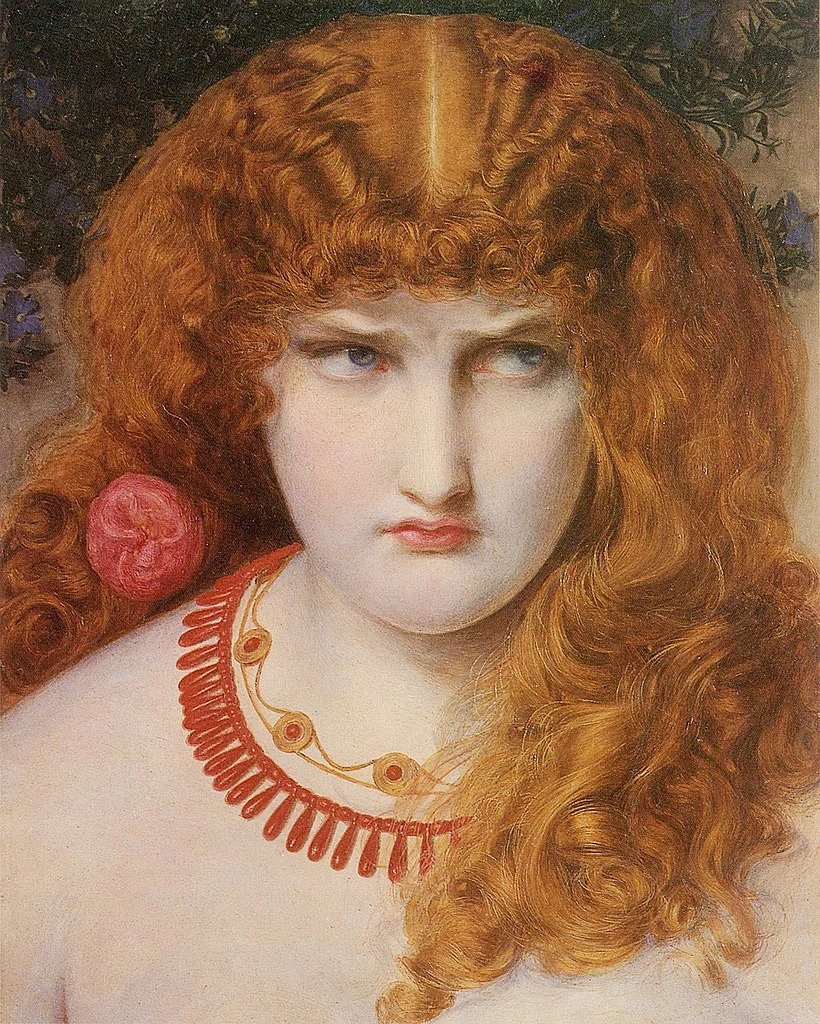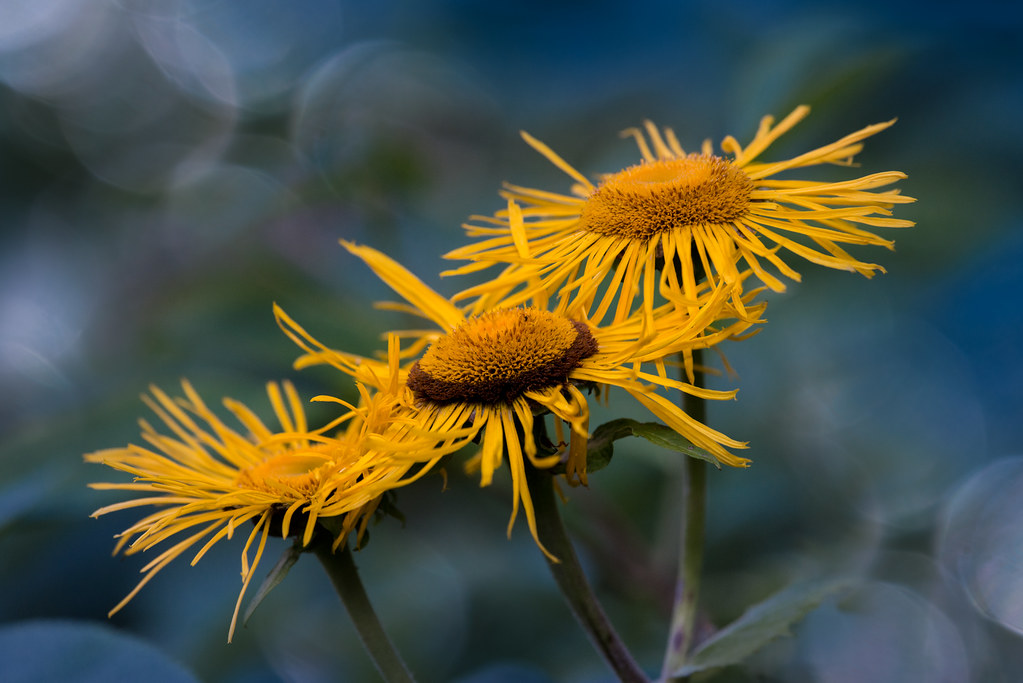Elecampane plant has its roots in Roman and Greek myths. furthermore, it’s also where this plant derives its name from.
The Elecampane is famed for its various health benefits and uses. The whole plant has various uses in treating different ailments.
This flower is a perfect gift for those who are born under the rulership of Mercury in the sign of Virgo and Gemini.
In this blog we’ll explore this fascinating plant using its myths, its astrological correspondence and the benefits and finally look into beliefs surrounding this plant.
What does the Elecampane plant symbolise?
The symbolic meaning of the elecampane plant is tears. Its possible powers are love, protection and psychic powers. Astrologers and Alchemists place the plant under the dominion of the planet mercury. It will make a great gift of Gemini and Virgo zodiac.
Elecampane Plant Myth
The scientific name of the Elecampane flower is Inula Helenium and the name suggests some kind of connection with the story of Helen of Troy.
In one legend, Helen held a branch of the Elecampane as Paris carried her off.
In another legend, the flower was born out of the tears that Helen shed when Paris kidnapped her.
Flower of Gemini and Flower for Virgo
The Elecampane Plant is under the dominion of the planet Mercury and is a birth flower of both zodiacs. Mercury’s plants are related to thoughts and the nervous system.
The plant however, classifies as hot and dry. It is both warming and strengthening to the nervous system.
Helen of Troy was the daughter of Zeus and Leda or Nemesis additionally she was the twin sister of Clytemnestra. She was also the sister of the twins Castor and Pollux. The twins were a metaphor for the constellation of Gemini.

Demeter the mother goddess is often a metaphor for the Virgo constellation. The search in Demeter’s myth for Persephone is parallel to Menelaus’s search for Helen.
Both the signs of Gemini and Virgo are under the rulership of Mercury which makes this plant a great gift to both signs.
Elecampane Plant Uses
The Elecampane Plant has various uses and beliefs based on different cultures. Let’s have a look at some of the beliefs and uses of this plant.
- On the island of Guernsey in the English channel, there was a superstition linked to Elecampane. The Elecampane plant could be used for a love charm. Firstly, it has to be gathered on St John’s Eve, it would be dried then powered and mixed with ambergris. Secondly, it had to be worn for next 9 days close to the heart. And finally, the person whose love they were trying to obtain would then swallow some of it.
- In Wales people wore the Elecampane Plant in a hat or cap. It was believed that it had the power to frighten robbers. If the cap was placed on someone deceitful, he would immediately turn red.
- The Elecampane plant was used to ward off witchcraft in the Balkans. The plant would be gathered on specific days which were considered special. After using some rituals, it would be sewn on the clothing of children in order to repel witchcraft.
- In both Chinese and Japanese cultures, Elecampane was used against malaria, cholera and dysentry.
- In Sussex the roots were hung at doors and windows, this acted like a fly catcher.
- The Romans used the roots of the Elecampane plant as an edible vegetable moreover, the Roman monks considered it as a plant that would restore health to the heart.
Elecampane Roots
The Elecampane Roots is famous for its various health benefits. In Europe, the uses and benefits of the roots were well documented. Let’s dive into some of the uses.
- During the Roman times, the Elecampane roots would be cut into thin pieces, boiled then served as an appetizer.
- The Elecampane Roots were also candied just like the angelica plant. It was then either eaten as a sweet or sold as “Elecampane Cakes” in order to sweeten the breath. It was usually found in most London apothecaries.
- The infusion of fresh roots of the Elecampane plant was used as a remedy for both asthma and coughs.
- In the Saxon Leechdom (an old English manuscript for medical purposes), the elecampane had a role alongside other herbs.
- The Elecampane Roots were a potent cordial therefore, it was used in both France and Switzerland to prepare absinthe.
- A tincture made out of Elecampane roots might still be taken for loss of appetite.
- Elecampane as lozenges was highly popular. It was said that chewing on the root would fasten loose teeth and prevent them from rotting.
- The roots of the Elecampane was used to make cough candies.
Enjoyed this blog? Then don’t miss out on our other blogs about flowers and plant under the dominion of the planet mercury.
FAQs Elecampane Plant
References
Cumo, C. (Ed.). (2013). Encyclopedia of Cultivated Plants [3 volumes]: From Acacia to Zinnia. ABC-CLIO.
Dietz, S. T. (2022). The complete language of flowers the complete language of flowers: A definitive and illustrated history – pocket edition. Wellfleet Press.
Thiselton Dyer, T. F. (1994). Folklore of Plants. Llanerch Press.
Watts, D., & Watts, D. C. (2007). Dictionary of Plant Lore. Academic Press.
Deena Bsingh, a UK-born, Mauritius-raised content writer, is a dedicated explorer of the ancient world’s hidden treasures. Armed with classical studies knowledge and a decade of spiritual immersion, Deena delves deep into the wellspring of ancient wisdom. Her illuminating writings on flower meanings and culinary history are imbued with the profound insights she has gathered on her journey. Through her Medium articles, she guides readers on transformative journeys that bridge the gap between ancient cultures and contemporary consciousness, offering a rich tapestry of understanding that endures through time.


